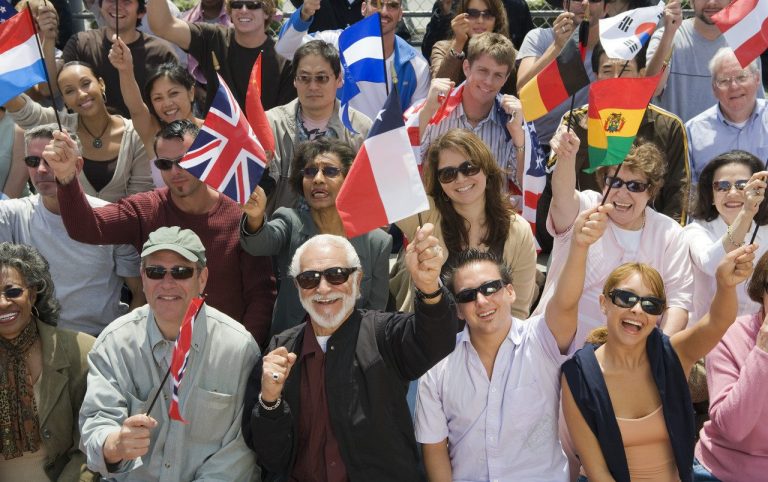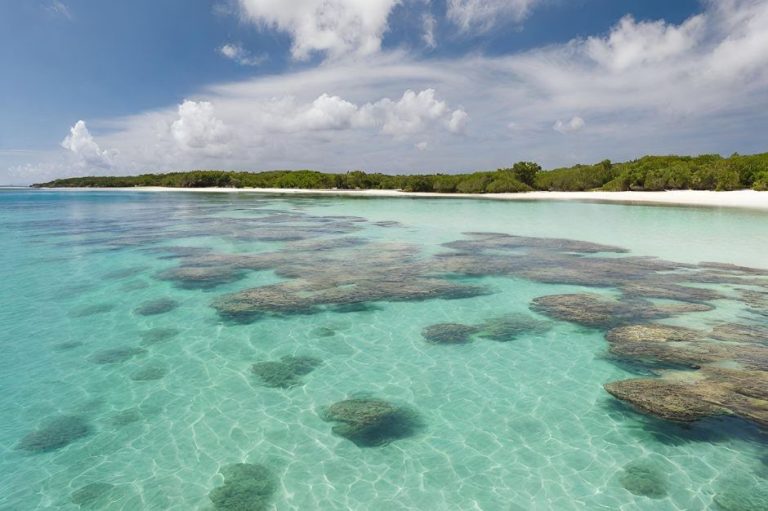.
Featured Destinations
Cairns, located in the tropical north of Queensland, Australia, is a popular destination for travelers seeking adventure and natural beauty. With its close proximity to the Great Barrier Reef, Cairns is the perfect base for snorkeling, diving, and exploring the world's largest coral reef system. In addition to its stunning underwater attractions, Cairns offers visitors the chance to explore lush rainforests, picturesque waterfalls, and unique wildlife. Whether you're looking for a relaxing beach getaway or an action-packed outdoor adventure, Cairns has something for everyone.
Melbourne is a vibrant city known for its diverse culture, incredible food scene, and beautiful architecture. From exploring the bustling streets of the CBD to relaxing in one of the many picturesque parks, there is something for everyone to enjoy in this bustling metropolis. Whether you're a foodie looking to sample some of the world's best cuisine or a history buff wanting to learn more about the city's rich past, Melbourne has something to offer every visitor. So why not plan a trip to Melbourne and experience all that this incredible city has to offer?
Sydney is a vibrant and bustling city located on the stunning coastline of Australia. With its iconic landmarks such as the Sydney Opera House and Sydney Harbour Bridge, there is no shortage of things to see and do during a visit to this beautiful city. From exploring the bustling markets and trendy cafes to relaxing on the sandy beaches or taking a ferry ride to Manly, Sydney offers something for everyone. Whether you're a foodie, a nature lover, or a history buff, Sydney has something to offer that will make your visit unforgettable.
Tips to travel to Australia
Traveling to Australia offers a vast and diverse landscape, from stunning coastlines to rugged outback regions. Here are some tips to help you make the most of your trip:
Visa Requirements: Check the visa requirements for your nationality before traveling to Australia. Many visitors can obtain an Electronic Travel Authority (ETA) or eVisitor visa online, while others may need to apply for a visa at an Australian embassy or consulate. Ensure that your passport has sufficient validity for the duration of your stay and comply with visa regulations.
Best Time to Visit: Australia's climate varies across its vast expanse. The best time to visit depends on the region and your interests. The southern states (e.g., Victoria, Tasmania) have cooler winters from June to August and warmer summers from December to February. The northern states (e.g., Queensland, Northern Territory) have a tropical climate with a wet season from November to April and a dry season from May to October. Visit during spring (September to November) or autumn (March to May) for pleasant weather and fewer crowds.
Health Precautions: Australia has high healthcare standards, but it's advisable to have travel insurance that covers medical emergencies. Consult with your healthcare provider regarding any necessary vaccinations or health precautions for traveling to Australia. Pack any necessary medications and a first-aid kit. Drink plenty of water, especially in hot and dry regions, and protect yourself from the sun with sunscreen and appropriate clothing.
Currency and Payments: The official currency of Australia is the Australian Dollar (AUD). Credit and debit cards are widely accepted in major cities and tourist areas, but it's advisable to carry some cash for smaller purchases and transactions, especially in remote areas and national parks. ATMs are readily available for withdrawing cash in local currency.
Transportation: Getting around in Australia can be done through various modes of transportation, including planes, trains, buses, rental cars, and ferries. Domestic flights are available for traveling between major cities and regions, offering convenience and saving time. Long-distance trains like the Indian Pacific and The Ghan provide scenic journeys across the country. Buses and coaches operate between cities and towns, while rental cars are suitable for exploring remote areas and scenic routes. Ferries connect coastal destinations and islands, such as those in Sydney Harbor and the Great Barrier Reef.
Accommodation: Australia offers a wide range of accommodation options, including hotels, motels, hostels, holiday parks, and camping grounds. In major cities like Sydney, Melbourne, and Brisbane, you'll find a variety of lodging options catering to different budgets and preferences. Book accommodations in advance, especially during peak tourist seasons and major events.
Language: English is the official language of Australia and is widely spoken and understood across the country. Signs, menus, and information are available in English, making it easy for English-speaking travelers to navigate.
Cultural Immersion: Immerse yourself in Australia's diverse cultural heritage by visiting museums, galleries, and indigenous cultural centers. Explore iconic landmarks such as the Sydney Opera House, Uluru (Ayers Rock), and the Great Barrier Reef. Participate in cultural activities such as Aboriginal cultural experiences, bushwalking, and indigenous art workshops.
Outdoor Activities: Australia is renowned for its outdoor adventures and natural beauty. Enjoy activities such as hiking, snorkeling, surfing, scuba diving, and wildlife watching in national parks, marine reserves, and coastal regions. Visit iconic natural attractions such as the Great Ocean Road, the Daintree Rainforest, and Kangaroo Island for unforgettable experiences.
Respect for Nature: Respect Australia's natural environment and wildlife by following responsible tourism practices. Observe wildlife from a distance, refrain from feeding or disturbing animals, and dispose of waste properly. Be aware of fire safety regulations, especially during bushfire season, and adhere to park rules and regulations to protect fragile ecosystems.
By keeping these tips in mind, you can have a memorable and enriching experience exploring the beauty, culture, and adventure of Australia.
Itaca Tours, LLC - itacatours.com
120 Park Plaza Dr Apt 3316 - 07094 - Secaucus, United States | Telephone +12154302918
Privacy Policy | ©Copyright. All rights reserved.
We need your consent to load the translations
We use a third-party service to translate the website content that may collect data about your activity. Please review the details in the privacy policy and accept the service to view the translations.


